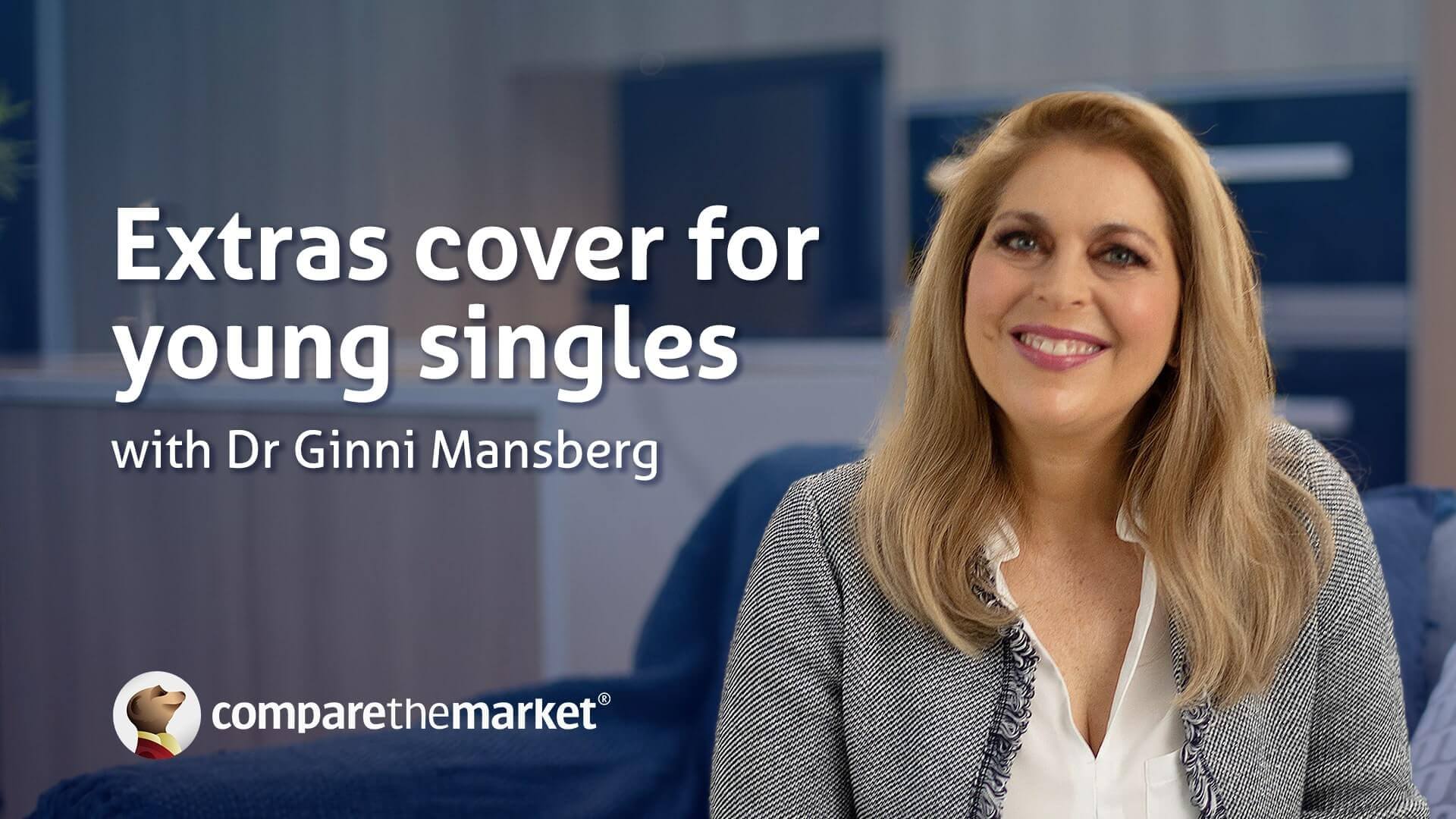Video Transcript
Hi, it’s Dr. Ginni Mansberg, GP and health commentator in the media.
Let’s talk about the health needs of young people.
Australia is lucky enough to have an excellent public health care system that helps you access treatment for many medical problems.
And when you’re young, getting sick is probably the last thing on your mind.
But we know that accidents and illnesses can happen; when they do not, everything is covered by Medicare.
Private health insurance can get you access to services such as physiotherapy, psychology, dental cover, dietitian support, chiropractic treatments and massage therapy.
Chat to the experts about whether private health insurance is a good option for you.
And which cover best suits your needs.






